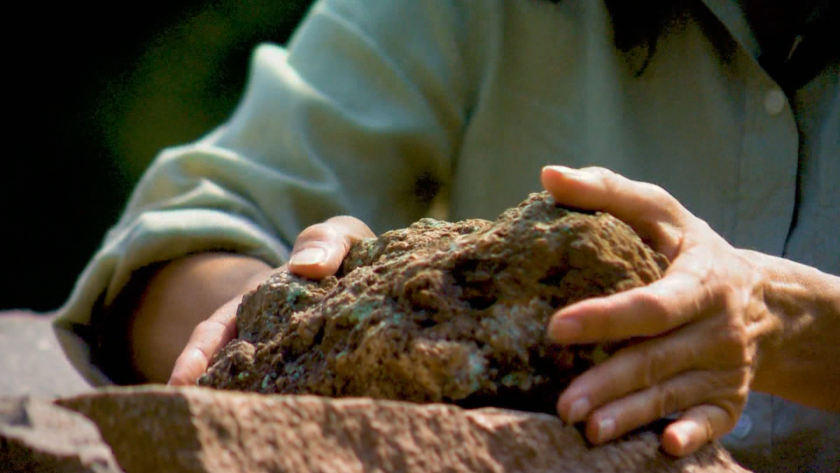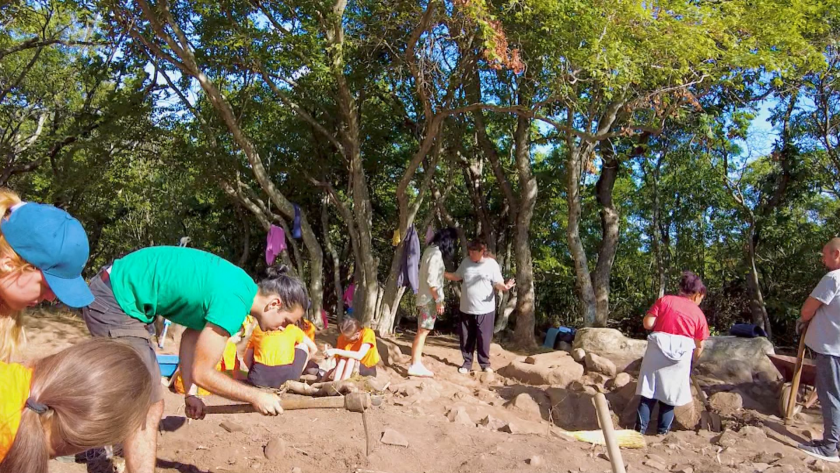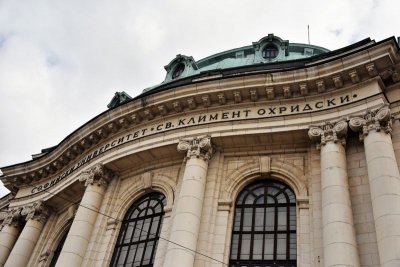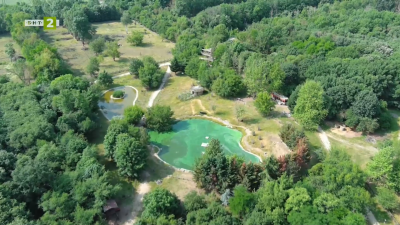Unknown fortress, key to Apollonia Pontica, discovered near Sozopol

Archaeologists uncovered a huge fortress built by the first Apollonian people near the Bulgarian Black Sea coastal town of Sozopol. Until the discovery of the ancient citadel, scientists had no reason to suspect its existence. Research shows that the fortress was very important for the functioning of Apollonia Pontica and the development of trade.
The archaeologists discovered the traces quite unexpectedly, after a laser scan of the Copper Ridge. They knew about the ancient mines from which the Apolonians extract copper, but there was nothing to suggest that there was anything else in the area - a fortress 15 kilometres zway from the sea. And the copper ore was the first reason the ancient Hellenes founded their colony here, the convenient harbour was the second.

The sturdy fortress walls, the citadel, the ability to control both the harbour and the trade tell a story about an essential part of the life of the colony.
"Everything we find indicates that this is part of the city of Apollonia Pontica. Everything here is Greek," says Pavlina Devlova, the head of the archaeological excavations.

Gradually, scientists uncovered details of life there. The students of the Classical School are helping them. They show what should be a grand entrance.
"It's quite a large entrance, it's exactly four metres in size. We enter the space in front of the fortress wall, inside the fortress, where some of the commercial activity was probably located," says Pavlina Devlova.

Without the vegetation now, there is a spectacular view of the old town and the copper mines. But this is also the most vulnerable spot for the fortress, which explains the presence of numerous stone balls. They are stored just in case.
Archaeologists also expect to find a large paved street here - a link to the south entrance of the fortress. To the east they believe they have uncovered the citadel:
"Barbucan - a drainage system and it has a direct parallel with the temple of Apollo in Miletus," explained Pavlina Devlova.
The lack of a subsequent occupation of the fortress is the reason why the walls were preserved in their original construction by metres. But the most interesting are the rooms next to the western fortress wall, where they found chunks of ore. The ore of Medni Rid (Copper Ridge) is extremely high in copper content and the mine was exploited by the Thracians long before the migrants from Miletus came.

"The Thracians worked it, but the Apollonians took the extraction, sale and processing of the polymetallic ore mined at Copper Ridge to a very large commercial level," says Pavlina Devlova.
The fortress has never been destroyed or burnt down. Built in the 5th century BC, its functions declined with the arrival of the Romans. They certainly knew about the valuable raw material, but probably had other, better alternatives.
***
Apollonia Pontica is the oldest city in Bulgaria, founded by settlers from Miletus around 610 BC. It is named “Apollonia” in honor of the ancient Greek god Apollo – patron of the sun, light and the arts.
From the very first centuries of its existence, the polis (city-state) marked a remarkable flourishing – cutting its own coins and controlling vast territory along the coast from Anhialo – (present day Pomorie) at north to Tiniada (present day Ineada – Turkey) at south.
Apollonia established itself as a prime intermediary in the trade between Ancient Thrace and Hellas. The main source of its wealth were the Strandja ore deposits, the naturally protected ports and the Anhialo salterns. In the period 6th – 4th century BC Apolonia was a classically well-developed urban centre with monumental public buildings, protected by solid fortification walls. Here are raised temples of Zeus, Dionysus, Poseidon, Gaia Htonia, Aphrodite of Syria, Hecate and others. The ancient chroniclers mention the temple of the patron saint of the city – Apollo The Healer, decorated with a colossal 13 m high bronze statue worth 500 talents of gold, made by the famous Hellenic sculptor Kalamis.
Since the end of the period, the city has been known as Apollonia Magna (The Great) – a recognition of its splendor, power and wealth.
Get the latest news wherever you are!
Follow us on
Facebook
and
Instagram
Follow BNT’s YouTube channel
You can now also watch us on
TikTok
Find us on
Google News























